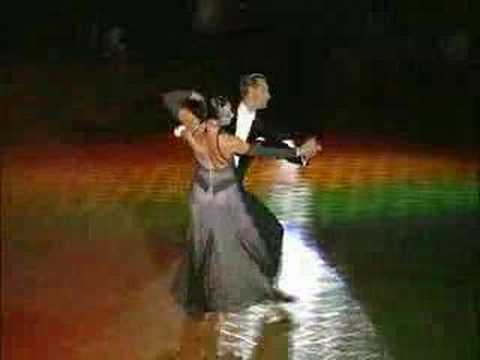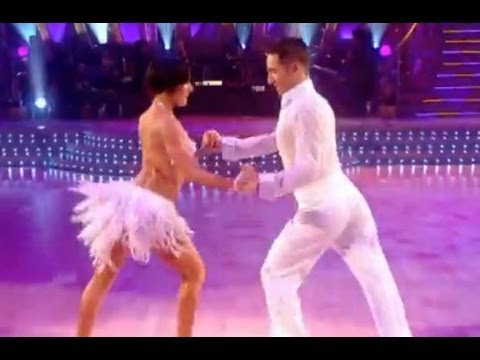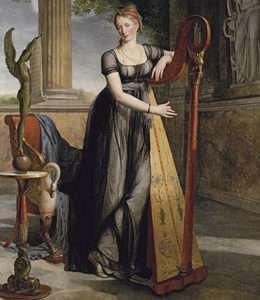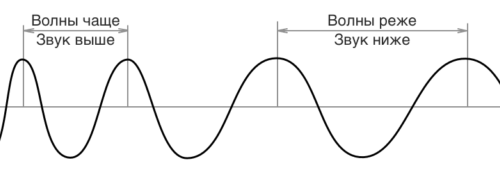
Types of ballroom dances
Contents
Ballroom dancing is not just dancing, it is an entire art, and at the same time science, sport, passion, in a word – a whole life embodied in movement. Also, ballroom dancing is not called sports for nothing – it is a colossal workout for all the muscles of the body, as well as a correct and healthy cardiological load.

During the dance, the couple communicates with each other and with the audience with body language, which can express both a huge message of positive energy and a gentle, peaceful, perhaps even melancholy mood – a tear in the soul, and this depends on the type of ballroom dance.
At the moment, such directions as, for example, bachata or solo Latin for girls are often considered types of ballroom dance, but this is not entirely correct. The traditional ballroom dancing program (they are always paired) includes ten dances, divided into a European direction or program (otherwise called “standard”) and Latin American (“Latin”). So, what types of ballroom dancing exist – let’s start in order.
King of dances – waltz
The most noble and solemn dance of the classical program is the slow waltz. This style of waltz originated at the beginning of the last century and has not undergone any changes since then. The dance has a very measured movement in three counts, like all waltz types of ballroom dancing., and is accompanied by lyrical music.
There is also another waltz in the standard program – the Viennese one, which is distinguished by an abundance of rotations at a fairly high speed and is danced to a fast melody, thereby creating a simply enchanting sensation for the audience.
Other elements of the European program
Filled with the breath of Argentine passion, tango is another element of the European program, very sensual, combining fast and slow movements. All types of ballroom dancing assign a leading role to the partner, but tango particularly focuses on this.
The standard program also includes a slow foxtrot (danced to the count of 4), characterized by a moderate tempo with some transitions from slow and fast, and a quickstep. The last one is the most mischievous dance of the entire program, based on jumps and quick turns. The dancer’s task is to combine these sharp movements with smooth transitions to very energetic music.


Watch this video on YouTube
Dancing to fiery Latin American rhythms
Types of ballroom dancing in the Latin program are, firstly, no less exciting than tango, but at the same time, a very gentle dance – rumba.


Watch this video on YouTube
The rhythm is slow, with emphasis on even slower beats. Secondly, the complete opposite of rumba is jive, incredibly positive and very fast, the most modern and constantly acquiring new movements.
The carefree Latin American dance cha-cha-cha is the most amazing invention of humanity; it is characterized by movements of the hips and legs that cannot be confused with anything, and a very interesting manner of counting (“cha-cha-1-2-3”).
Similar to the fiery cha-cha-cha is the samba dance, which can be either quite slow or incredibly fast, so much so that the dancers have to demonstrate the highest level of skill.


Watch this video on YouTube
Samba is based on “spring” movements of the legs, combined with smooth movements of the hips. And of course, both samba and other types of ballroom dancing in the Latin program have a clear rhythm and frantic energy that extends to the dancers themselves and the audience, even if the dance is not performed by professionals.




